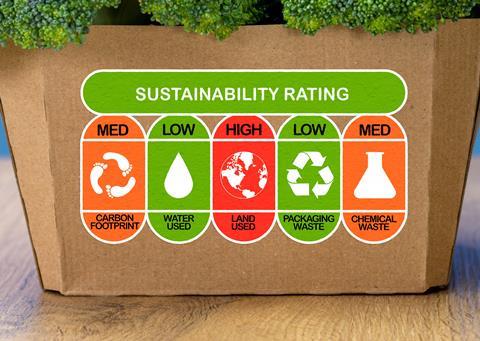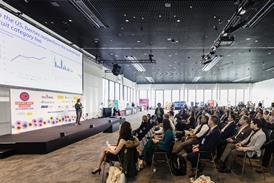Richard Bonn of Aethr Associates lays out the three major sustainability trends that fresh produce companies must respond to during the next 12 months

In the dynamic world of sustainability, it’s easy to get caught up in the whirlwind of headlines surrounding events like December’s COP28 in Dubai. The danger though is that this confuses what businesses are expected to do in the short term.
The demands placed on them today can actually be traced back to COP21 Paris in 2015. That’s an eight-year lag from agreement to impact. So, whilst recent announcements about food and agriculture taking centre stage at COP28 are welcomed, we shouldn’t expect policy to reflect this any time soon.
What we do know though is that global commitments to cut CO2 emissions almost in half by 2030 – against 2010 levels – and achieve net zero by 2050 are still the anchor points that should keep climate warming to a minimum.
As we enter 2024, these deadlines are starting to feel very real. But, by contrast, for a lot of businesses the journey to net zero or even a 45 per cent reduction in emissions is only just beginning.
When I say it’s only just beginning, I mean it still remains further down the business priority rankings when compared to economic sustainability, water availability, or labour availability – due to continued crises in these areas.
At Aethr Associates, we recommend a proactive approach to implementing a comprehensive impact strategy. We anticipate that commitments made within the United Nations Framework Convention on Climate Change since 2015 will drive intensification of government policy over the coming years.
We also recognise the increased urgency to mitigate for a more volatile operational climate for all agri-food businesses. We want to help them navigate through what will begin to feel like an inundation of differing requests and shifting expectations.
So, here are our top three sustainability trends for 2024. These will demand business leaders’ attention in the year ahead…
- What are you signing up to? Customers want to see your commitment, but this will come in various forms. These include compulsory sign-ups like the Science Based Target Initiative, Manufacture 2030, SAI Sustainable Agriculture Initiative, Ecovadis, and Wrap. All of these provide customers with the assurance that their supply chains are moving in the right direction. But how will you ensure you don’t duplicate effort and resource?
- Waking up to Scope 3 emissions. What’s driving a lot of the first trend is that retailers and other big food producers are waking up to the significance of Scope 3 emissions to their overall carbon footprint. These can amount to 70-90 per cent of a company’s footprint, so in that respect this is the elephant in the room. Statutory reporting of Scope 3 has started to focus attention and highlight the massive challenge in adapting upstream supply chains to take action.
- Climate risk assessment. As the climate warms, there is no doubt we are seeing more extreme weather patterns, as we did in 2023. Coincidentally, last year was also the first year that recommended TCFD (Task Force for Climate Related Disclosure) reports were mandatory for large UK businesses (£500m+ turnover). From the start of 2024, the EU’s CSRD (Corporate Sustainability Reporting Directive) prescribes that beyond the impact they have on the planet, large businesses must report the potential risk that a volatile climate will have on their model, as well as the projected cost to transition to a low-impact business model. In food and agri supply chains, we know this can be significant. And with climate models predicting challenging scenarios for large parts of the productive world, there is a lot to do.






